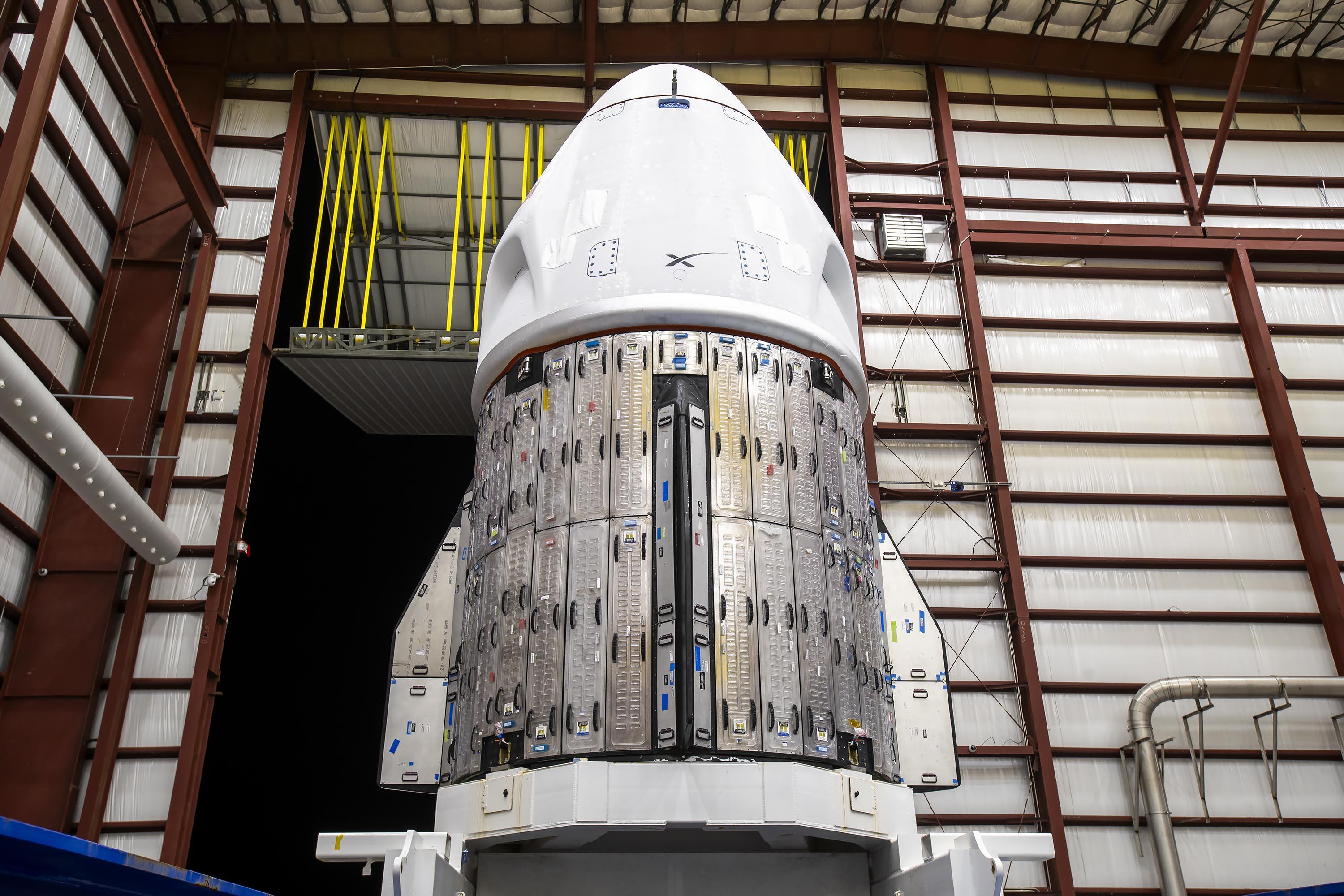Intuitive Machines lands on moon in historic first for US company PHOTO
A U.S. company has gone to the moon – and into the history books.
Intuitive Machines IM-1 mission reached the moon’s surface on February 22 evening, in the first American lunar landing since the Apollo era, CNBC reports.
The company’s Nova-C cargo lander, named “Odysseus” after the mythological Greek hero, is the first U.S. spacecraft to land on the lunar surface since 1972. Adding to the feat, Intuitive Machines is the first company to pull off a moon landing — government agencies have carried out all previously successful missions.
“We are on the surface and we are transmitting. Welcome to the moon,” Intuitive Machines’ CEO Steve Altemus said from mission control.
There was a delay, as expected, between the landing and when engineers were able to assess its success.
A few minutes after the expected landing time, Intuitive Machines’ mission control was still trying to reconnect communications with the spacecraft to confirm whether it landed. The company’s mission control ultimately picked up a signal and announced its lander was on the surface.
“What we can confirm, without a doubt, is that our equipment is on the surface of the moon and we are transmitting. So congratulations, IM-1,” Tim Crain, Intuitive Machines’ CTO and IM-1 mission director, said.
“Odysseus has found his new home,” Crain added.
Two hours after the landing, Intuitive Machines said in a statement that “flight controllers have confirmed Odysseus is upright and starting to send data.”
The company’s stock surged in extended trading Thursday, after falling 11% in regular trading to close at $8.28 a share.
Intuitive Machines, a Houston, Texas-based company founded in 2013, went public a year ago. After shares hit an all-time low in early January, the stock has surged and more than tripled – a rally that Wall Street analysts describe as fueled by investor excitement around the IM-1 mission’s progress.

Odysseus’ journey
The lander began a series of manoeuvres about one hour before touching down, starting with “Descent Orbit Insertion.
IM-1 landed in the “Malapert A” crater, about 300 kilometres from the moon’s south pole. After landing, Intuitive Machines aims to operate Odysseus on the surface for up to seven days.
The mission launched on a SpaceX rocket on Feb. 15. It is carrying 12 government and commercial payloads — six of which are for NASA under a $118 million contract.
The hexagonal lander is 4.3 meters (or about 14 feet) tall, and its legs spread 4.6 meters (or about 15 feet) wide, making the spacecraft about the size of an SUV stood on its end.
NASA leadership emphasized before the launch that “IM-1 is an Intuitive Machines’ mission, it’s not a NASA mission.” IM-1 marks the second mission under NASA’s Commercial Lunar Payload Services (CLPS) initiative, which aims to deliver science projects and cargo to the moon with increasing regularity in support of the agency’s Artemis crew program.
“Today, for the first time in more than a half century, the U.S. has returned to the moon. Today, for the first time in the history of humanity, a commercial company and an American company launched and led the voyage up there,” NASA Administrator Bill Nelson said on the livestream.
Last month, Pittsburgh-based company Astrobotic got its first moon mission off the ground but encountered problems shortly after launch. The flight was cut short and failed to make a lunar landing attempt.
NASA views CLPS missions as a learning experience. The program is designed to create an industrial base of companies that the agency can pay to fly its payloads on comparatively low-cost missions.
Lunar geopolitics
IM-1 is also the latest move in a broader geopolitical race to the moon. While Intuitive Machines represents the latest American effort, other nations – both U.S. rivals and allies – are pouring money into lunar programs.
Last month, Japan became the fifth country to land on the moon, following Russia, the U.S., China and India.
Governments and private companies alike have made more than 50 attempts to land on the moon with mixed success since the first attempts in the early 1960s, and the track record has remained shaky even in this century. But that’s not deterring the modern moon race that’s now well underway.
NASA expects U.S. companies to launch additional missions this year, while China plans to launch its next lunar lander in May.








